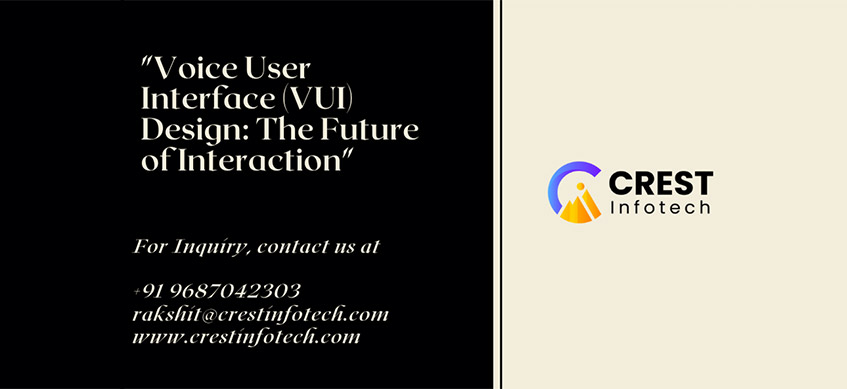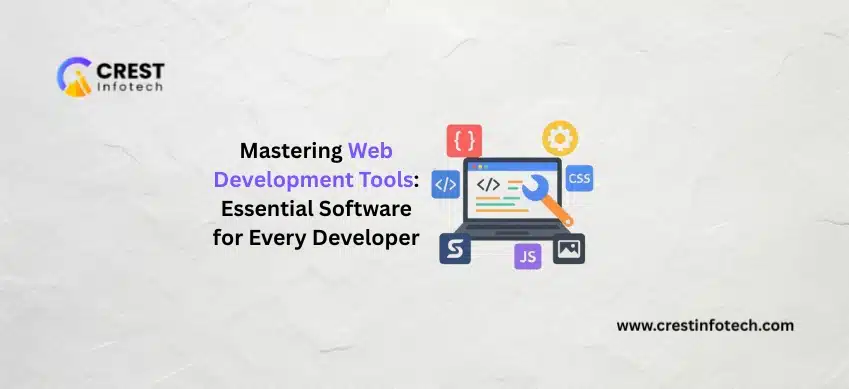Voice User Interfaces (VUIs) are revolutionizing how users interact with technology, offering intuitive, hands-free interactions that simplify tasks and enhance user experiences. As the adoption of smart speakers, virtual assistants, and voice-enabled devices continues to rise, understanding VUI design principles and their impact on user engagement becomes crucial for developers and designers alike. This article explores the evolution, principles, challenges, and future trends of VUI design, highlighting its transformative potential in shaping the future of interaction.
Evolution of Voice User Interfaces
Voice interactions have evolved significantly from early automated phone systems to sophisticated AI-driven assistants such as Siri, Alexa, and Google Assistant. The evolution is marked by advancements in natural language processing (NLP), machine learning, and AI algorithms, enabling more accurate voice recognition and contextual understanding.
Principles of Effective VUI Design
Designing a compelling Voice User Interface involves principles that prioritize usability, accessibility, and seamless integration into users’ daily lives:
- Natural Language Understanding (NLU): VUIs should interpret and respond to user commands and queries naturally, understanding context, intent, and variations in speech patterns.
- Conversational Design: Design interactions that mimic human conversations, with clear prompts, responses, and feedback to guide users through tasks intuitively.
- Feedback and Confirmation: Provide auditory and visual feedback to confirm user actions, acknowledge commands, and signal system responses (e.g., tone of voice, visual cues).
- Personalization: Adapt responses and interactions based on user preferences, history, and contextual data to create personalized user experiences.
- Error Handling: Anticipate and gracefully handle misunderstandings, errors, and fallback scenarios to maintain user confidence and usability.
Challenges in VUI Design
Despite advancements, designing effective VUIs presents several challenges that require careful consideration:
- Ambiguity in Language: Natural language is inherently ambiguous, requiring robust NLU models to accurately interpret user intent.
- Contextual Understanding: Ensuring VUIs understand and maintain context across multi-turn interactions without user repetition.
- Privacy and Security: Addressing concerns about data privacy and security in voice data collection, storage, and processing.
- Integration with Visual Interfaces: Designing cohesive experiences across voice and graphical interfaces, ensuring consistency and usability.
Future Trends in VUI Design
Looking ahead, several trends are shaping the future of Voice User Interfaces:
- Multimodal Interfaces: Integration with visual elements (e.g., screens, AR/VR) to provide richer, more interactive experiences.
- Emotional Intelligence: VUIs capable of recognizing and responding to emotional cues in user speech for more empathetic interactions.
- Domain-Specific Applications: Customized VUIs tailored for specific industries (e.g., healthcare, automotive) with specialized vocabularies and functionalities.
- Continuous Learning: AI-driven VUIs that improve over time through machine learning, adapting to user preferences and evolving language patterns.
Conclusion
Voice User Interface design represents a paradigm shift in human-computer interaction, offering intuitive, hands-free interactions that enhance accessibility and user engagement. By applying principles of conversational design, natural language understanding, and personalized interactions, developers can create VUIs that simplify tasks, improve accessibility, and deliver seamless user experiences across devices and platforms.
As technology continues to evolve, the future of VUI design holds promise for more sophisticated, context-aware interfaces that integrate seamlessly into our daily lives. By embracing these trends and addressing challenges, developers can harness the transformative potential of VUIs to redefine interaction paradigms and create innovative solutions that enhance user productivity and satisfaction in the digital age.



